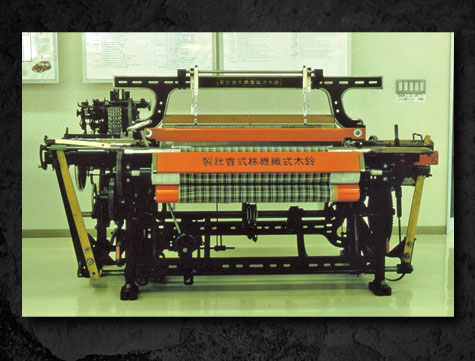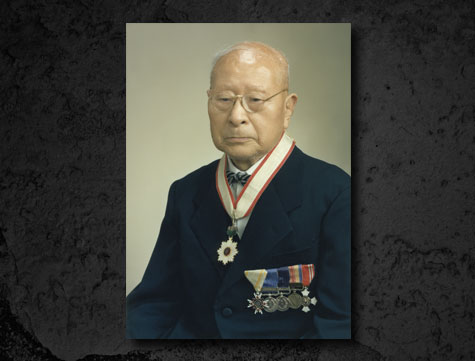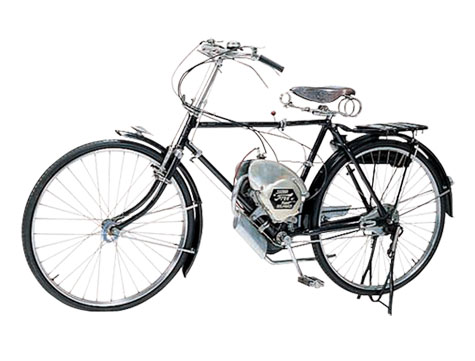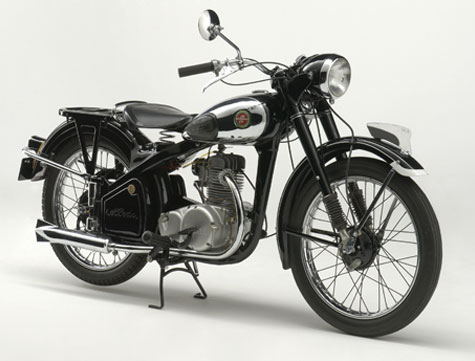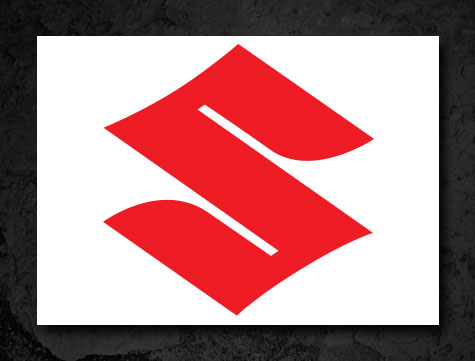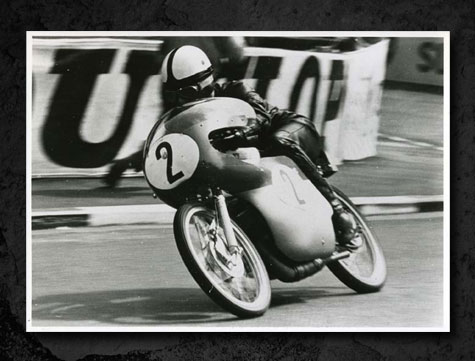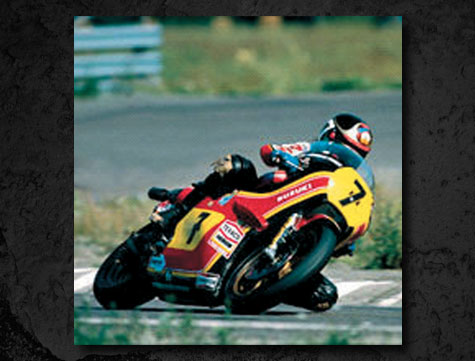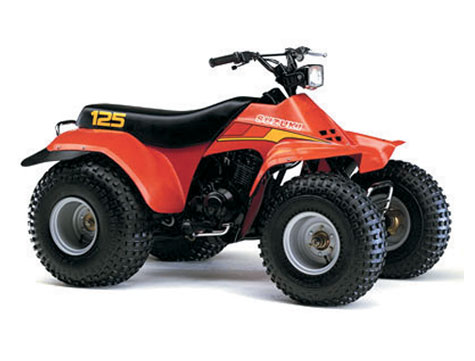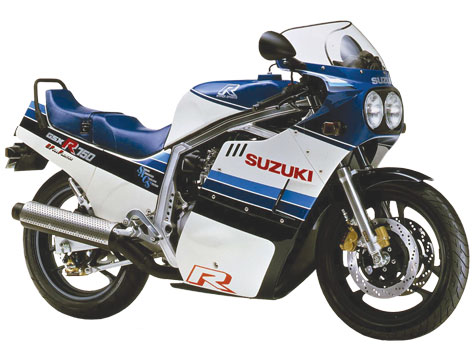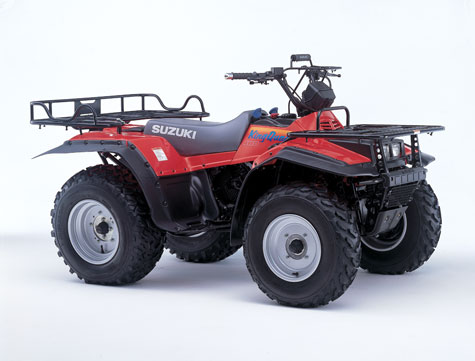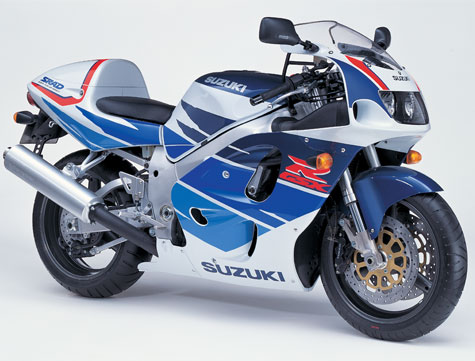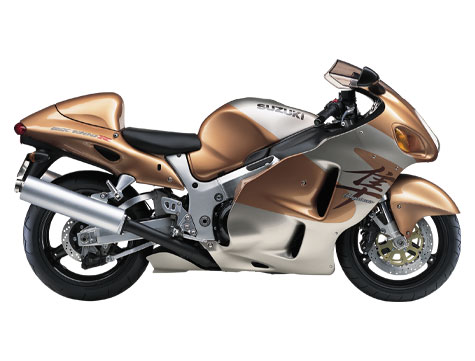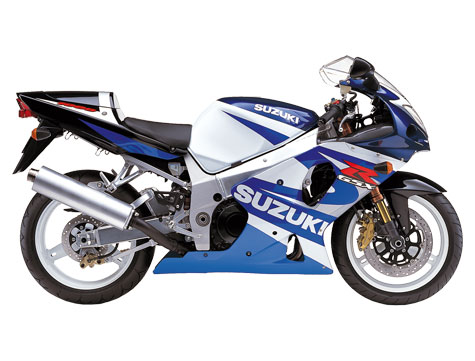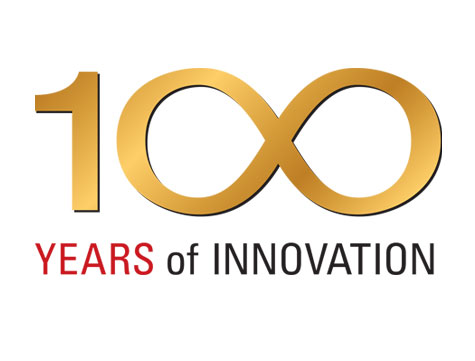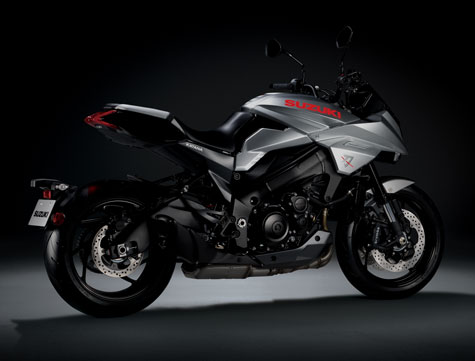Suzuki History
Suzuki Canada Inc. sells and services its various products across Canada through a network of independent recreational products dealers.
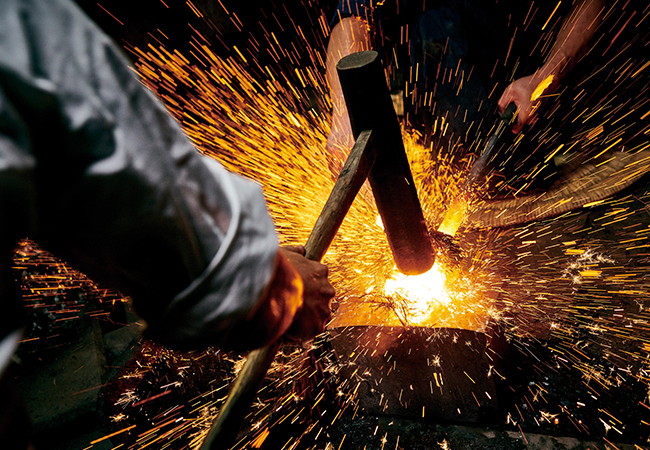
Suzuki Canada
Suzuki Canada Inc. located in Barrie, ON, was founded in 1973 by Suzuki Motor Corporation (SMC) based in Hamamatsu, Japan. At that time the company, comprised of 30 employees, was oriented towards motorcycle sales. Today, Suzuki enjoys a much more diversified business approach, and is seen by Canadian consumers as a major motorcycle, ATV and outboard company.
Suzuki’s Beginnings
In 1909, Michio Suzuki founded the Suzuki Loom Works in the small seacoast village of Hamamatsu, Japan. He gifted his first loom to his mother, which became the talk of the surrounding villages, and was soon bombarded with orders. This was the beginning of the history of Suzuki.
Suzuki Racing
The Suzuki Brand has long been synonymous with performance and racing. Thanks to Suzuki’s history of racing success on the World stage, models such as the GSX-R have become household names, conjuring images of victory laps and champagne showers. Those traditions continue as development of future Championship winning product is always underway.
Historical Moments
- 1909
- 1920
- 1952
- 1954
- 1958
- 1962
- 1965
- 1973
- 1976
- 1981
- 1983
- 1985
- 1987
- 1991
- 1996
- 1997
- 1999
- 2001
- 2006
- 2009
- 2014
- 2016
- 2017
- 2020
- 2021
-
Suzuki enters the outboard motor field with the launch of the D55 5.5hp, 2-cycle outboard motor.
-
Suzuki Canada Ltd. (a direct sales subsidiary) is established in Ontario, Canada.
-
Suzuki stuns the biking world with its futuristic GSX1100S Katana. The bike’s aggressive styling and superb performance make it a huge sales success.
-
The bike that is to change the face of motorcycling arrives. Suzuki’s GSX-R750 will always be remembered as the first true race replica machine. Delivering 100 horsepower and weighing in at 176kg, it created a whole new category of performance bikes.
The GSX-R750 achieves a 1-2 finish in its World Endurance Championship debut race, the Le Mans 24-hours Endurance Race.
-
DT200 Exanté wins the first “Most Innovative Products” award from the National Marine Manufacturers Association (NMMA).
-
DF60 and DF70, the first Suzuki Outboards to feature electronic fuel injection, win the NMMA Innovation Award.
-
Suzuki breaks the mould once again with the unveiling of the GSX1300R Hayabusa. The ultimate 1298cc liquid-cooled DOHC in-line 4-cylinder engine that powered the Hayabusa represented the epitome of no-compromise engineering. The Hayabusa’s most notable features were its aerodynamic design and its superb balance of the engine performance and handling in a wide speed range on the road.
-
An unforgettable year, which saw the launch of the ultimate sports bike – the Suzuki GSX-R1000. The newest addition to the GSX-R family had the same impact as the original upon its release in 1985 and re-wrote the rule books on performance, weight, handling and styling. It would soon be dominating race tracks and awards ceremonies around the world.
-
DF300 is the industry’s first 300HP V6 4-stroke outboard, and the first outboard to utilize an electronic remote control. Wins 2006 “NMMA Innovation Award”.
-
Suzuki announces their return to moto GP.
-
Suzuki introduces 9 new models including the GSX-S750, V-Strom 650XT, Burgman 400 and the latest generation of GSX-R1000/R flagship models.
-
The DF350A becomes Suzuki Marine’s flagship model. This revolutionary outboard wins the company yet another “NMMA Innovation Award”.
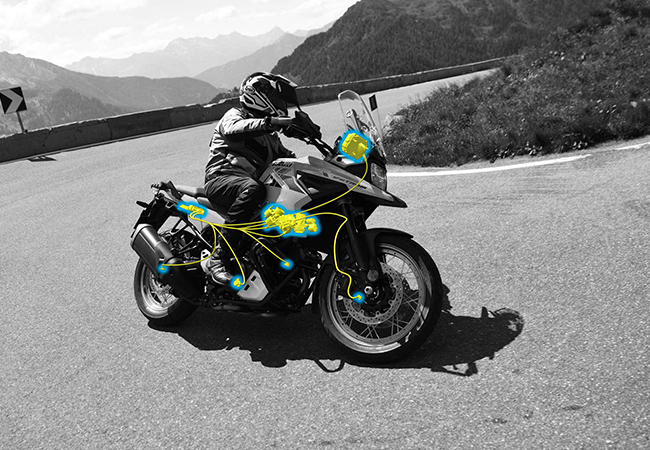
Suzuki’s long tradition of exceptional engineering and innovation will yield many more milestones along the road ahead. Join us on this journey to make history.
